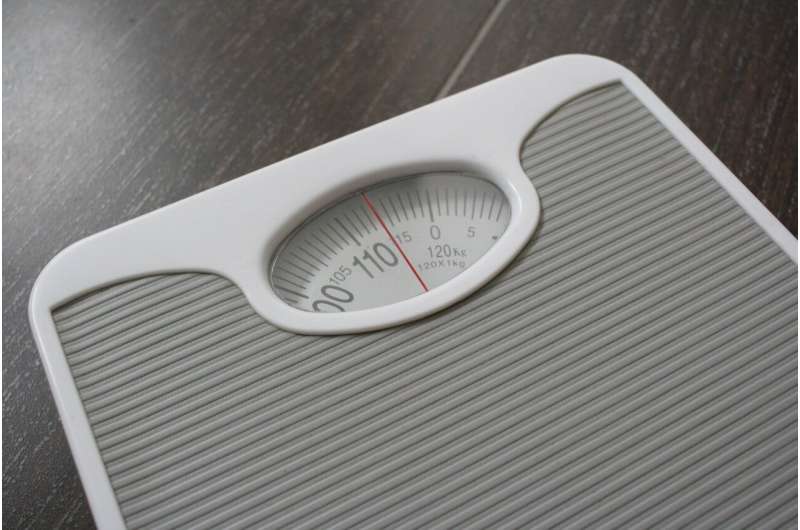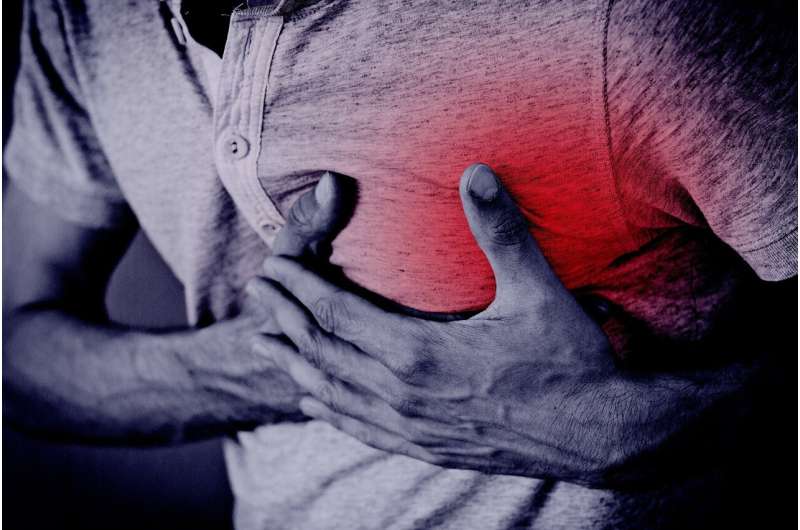Experts Highlight Physiological Approaches to Safeguard Against Extreme Heat Waves

Experts from the University of Sydney advocate for a physiology-centered approach to protect individuals during increasingly severe heat waves, emphasizing personalized risk assessment and sustainable cooling strategies.
As global temperatures continue to rise, the threat of deadly heat waves becomes increasingly severe. When the human body overheats, it can lead to life-threatening conditions such as heat stroke, cardiovascular events, kidney failure, and exacerbation of pre-existing health issues like heart and respiratory diseases. Recent research from the University of Sydney emphasizes the need for a paradigm shift in how we respond to extreme heat, advocating for strategies centered on human physiology rather than solely aiming to lower ambient air temperatures.
Leading experts argue that protecting individuals requires understanding how environmental factors—radiation, humidity, and wind—interact with personal health status. For example, people with underlying health conditions, such as heart or kidney disease, are more vulnerable to heat stress. Physiological models now enable us to predict how different individuals respond to heat exposure, opening the door to personalized risk assessments.
To translate this knowledge into practical solutions, scientists are developing tools like HeatWatch. This platform allows users to input personal data—age, health conditions, medications, access to cooling resources—and receive tailored heat-health risk forecasts and cooling advice. This initiative is initially targeted at communities in Sydney and aims to expand globally, including cultural and linguistically diverse populations and Indigenous communities across Australia.
Furthermore, researchers emphasize that cooling efforts should go beyond conventional air conditioning, which is often energy-intensive and inaccessible for many. Alternative methods such as using fans to move air, applying water to the skin for cooling, shading from direct sunlight, and modifying activity patterns are more sustainable and effective ways to reduce heat strain. These strategies aim to optimize individual heat resilience by addressing physiological needs directly, rather than solely trying to cool the environment.
The global implications are significant. The researchers are in discussions to implement pilot programs in regions like Delhi, India, where heat stress is escalating rapidly. Their goal is to develop a universal, physiology-based framework for managing heat stress that can be adopted worldwide. This approach recognizes the importance of understanding individual susceptibility and emphasizes sustainable, low-carbon solutions for heat mitigation.
In conclusion, shifting focus from environmental cooling to physiological protection presents a promising path to combat the mounting health impacts of climate change-induced heat waves. By integrating personalized assessments and targeted cooling strategies, we can better safeguard vulnerable populations and adapt to a hotter future.
Stay Updated with Mia's Feed
Get the latest health & wellness insights delivered straight to your inbox.
Related Articles
VitalHide Prioritizes Privacy in Wireless Health Monitoring Technology
VitalHide is a groundbreaking privacy-preserving system that protects sensitive health data collected by wireless sensors, empowering users to control who accesses their vital signs and ensuring privacy in wireless health monitoring.
Updated Clinical Guidelines on Pharmacotherapy for Obesity Management
New guidelines for obesity pharmacotherapy highlight personalized treatment options, including new medications, and emphasize obesity as a chronic disease requiring long-term management strategies.
Rural Preschoolers Show Higher Risk of Overweight and Obesity Linked to Increased Sedentary and Screen Time
New study reveals that preschool children in rural areas face higher risks of overweight and obesity, linked to increased sedentary and screen time behaviors, highlighting the need for targeted prevention efforts.
New Study Explores Intravenous Cangrelor for Treating Cardiogenic Shock in Heart Attack Patients
A recent study at ESC Congress 2025 suggests that intravenous cangrelor offers an effective and safe alternative to oral ticagrelor for platelet inhibition in patients with cardiogenic shock caused by acute myocardial infarction, potentially improving outcomes in this critical condition.



